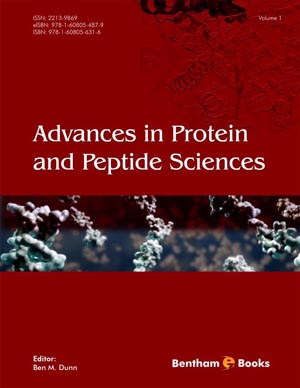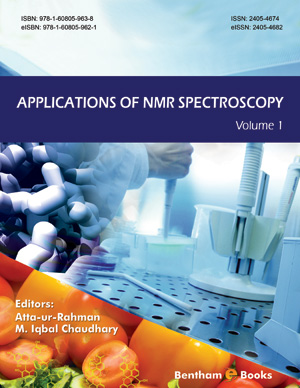Abstract
Furan, pyrrole and thiophene derivatives are aromatic five-membered heterocyclic compounds with one heteroatom. These compounds are widely distributed in a wide range of natural and non-natural compounds. Many of these derivatives have a diverse range of bioactivities such as antimicrobial, anticancer, antiparasitic, antiinfammatory, antihypertensive antiviral, antitumor, activities, and several derivatives have been marketed as drugs for treatment of various diseases. Besides, the use of furan, pyrrole and thiophene derivatives also has been found in other fields such as organic materials, agrochemicals, flavors, dyes. They can serve as intermediate or building blocks for the preparation of natural product compounds or drugs.
With such a diverse range of applications, the preparation of furan, pyrrole and thiophene derivatives has drawn intensive attention of chemists. Several established synthetic approaches for example the Paal-Knorr, Feist–Benary, Gewald, Knorr and Fiesselmann, Huisgen, and Hantzsch syntheses have been modified and improved. Moreover, an enormous number of new methods for the preparation of these heterocycles have been developed. This chapter will give an overview of published studies on the construction of pyrrole, furan, and thiophene skeletons which date back to 2012.
Keywords: 1, 4-diketones, 2-aminothiophenes, 2, 5-dimethoxytetrahydrofuran, 3- yne-1, 2-diols, Anticancer, Antihypertensive, Antiinfammatory, Antimicrobial, Antiparasitic, Antitumor, Antiviral, Clauson-Kaas synthesis, Cyclization, Feist– Benary Synthesis, Fiesselmann synthesis, Gewald reaction, Hantzsch synthesis, Paal-Knorr synthesis, Primary amines, Tosylmethyl isocyanide, Van Leusen synthesis.






















